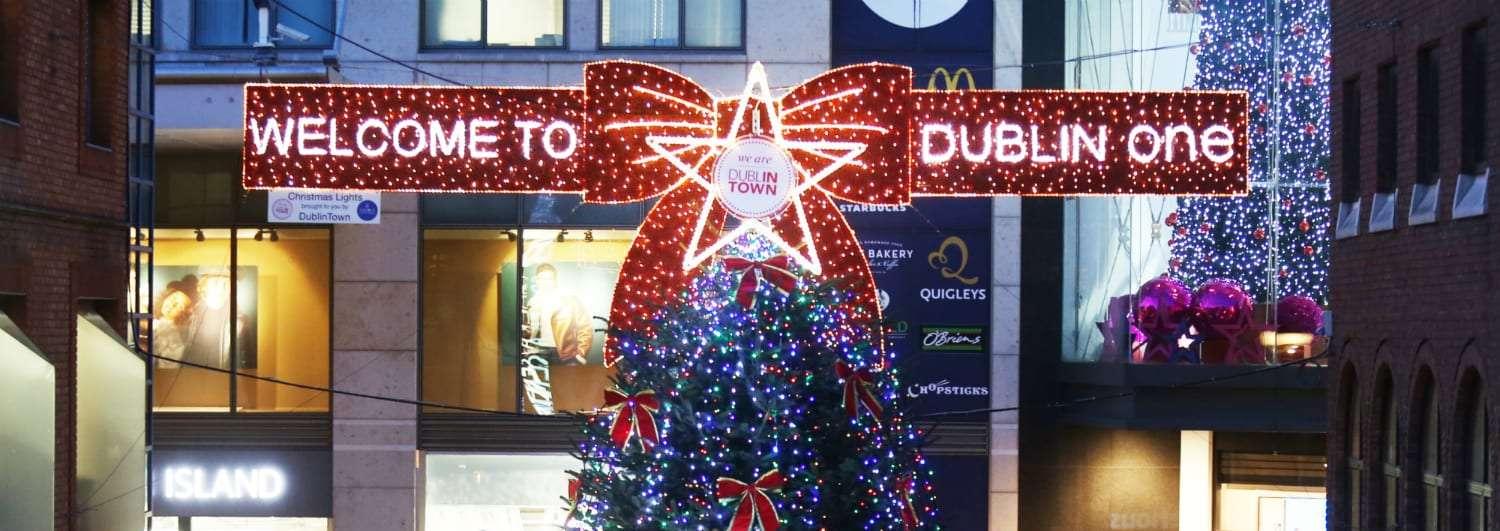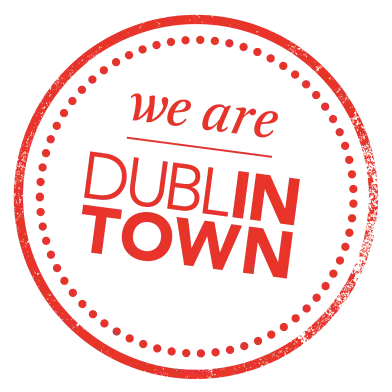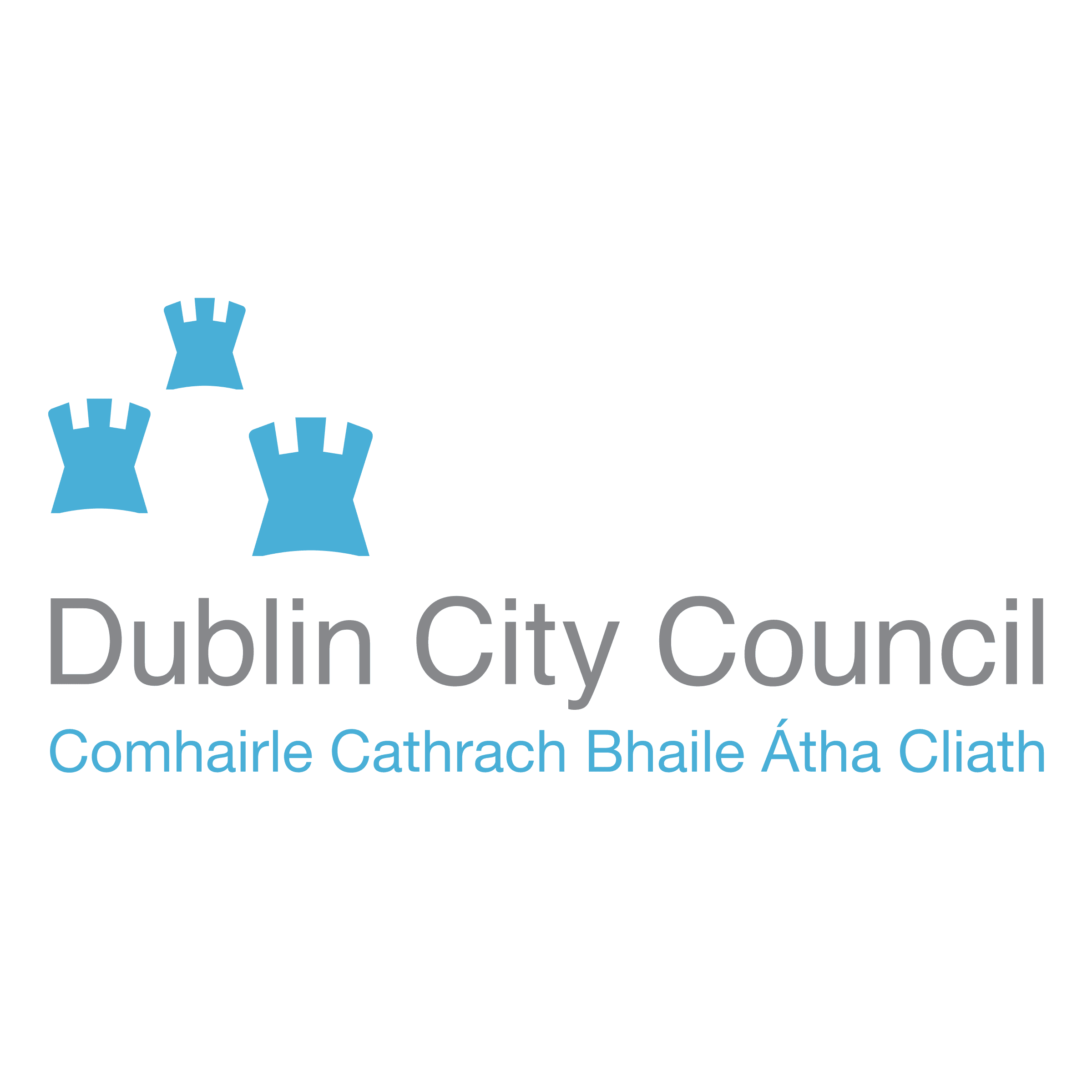The Dublin One Project: Future Proofing the City’s Northern Core

- Tue 11 December, 2018
We first began to consider the potential consequences of on-line retail after a presentation by Experian to the ATCM’s Key Cities Group in December 2012. After analysing the impact of up to one-quarter of non-food retail migrating to the on-line environment, it was clear that retail sales from bricks and mortar stores could be trapped at recession levels or worse. This would inevitably lead to failures and closures on the High Street. In the Dublin city context the most vulnerable area was seen to be the northside retail core centred on Henry Street.
Consumer research indicated that the district had its challenges. It did not recover as quickly from the recession as its southside counterpart. It faced significant competition from the 4 large out of town shopping centres built during the economic boom of the 1990’s and early 2000’s. Coupled with that district suffered from negative perceptions of public safety that were regularly re-enforced through media reports.
It was clear that we needed to develop a vision for the district and create integrated plans and interventions to guide it through the turbulent waters that all retail destinations can expect in the first half of the 21st century.
This was the impetus for the Dublin One project. The project is multi-faceted with close cooperation between the public and private sectors. It takes the district’s strengths and magnifies them, while also addressing its barriers to growth.
Understanding Customer Expectations
Dublin Town working with our members sought to better understand the district’s trading performance. In 2015 we engaged in extensive market research to gain an insight into the public’s perceptions of the area and to assess what interventions could be deployed to stimulate better footfall and business growth.
In summary the research found that:
• The public felt that the retail offering in the north city was superior to that on the south side and the suburban malls but they felt that the district lacked sufficient hospitality offerings and quality independent retail.
• They identified the junctions connecting the primary street (Henry Street) to its surrounds as dark and uninviting with poor paving and presentation. Therefore, they did not tend to wander through the district and were unfamiliar with its total offering.
• They tended to have negative perceptions of public safety which prevented them from fully enjoying the district.
The results of this research mirror pedestrian movements through the city. The following heat maps demonstrate movement on both sides of the city. The south side of the city had a more even footfall distribution while north side movements were primarily confined to the Henry/Mary Street spine.
A time of great economic change
All retail destinations can expect very rapid change over the next 10 years. The following graph presented by Jacobs to the ATCM summer school in 2016 demonstrates the gap appearing between total retail sales and those from traditional bricks and mortar stores in the UK.
A survey conducted on behalf of Ireland’s National Transport Authority in 2018 found that slightly more people now visit the city to socialize than to shop, representing a change in the traditional usage pattern. We expect this trend to continue and to accelerate thus resulting in an increase in evening economic activity.
In line with this trend, Dublin Town’s research has found that retail destinations that offer the best business mix between retail, leisure/entertainment and hospitality are those that are best suited to new consumer preferences. Customers actively seek simultaneous experiences and make choices as to where they spend their time and money based on them. Retail now competes with leisure destinations as a location for a day out. Retail destinations must provide an ‘experience’ value in order to engage potential customers.
While 54% of Dubliners choose their shopping destination based on value and variety of offer; 29% choose their location by reference to a ‘good vibe’; while 26% shop where there are good places to meet. Critically, these trends are most evident amongst under 35’s. Within this category 60% note that they tend to shop where their friends socialize and 82% of those who state a preference for the city over the suburbs do so by reference to additional amenities including good restaurants and coffee shops.
It was clear to us that without significant changes to the appearance; offer and message from the city’s northside; it was likely to underachieve.
From a Dublin Town perspective, we know that the business mix within the area needs to evolve. This will see more residential uses entering the district along with better quality hotel, food and beverage offerings. These will sit side by side with unique and enticing retail outlets, all being supported by a vibrant arts, culture and entertainment sector. This balance of business mix will be of critical importance in securing the greatest return on our collective investment.
The area boasts historic links with Irish theatre. The National Theatre, the Abbey, as well as the renowned Gate Theatre are both housed within the district. The Abbey building has lived its life and is now need of replacement. To support the Abbey in realizing its ambition we commissioned the eminent economic consultants Fitzpatrick & Associates to undertake a study of the economic impact of the Abbey within the district. In summary it was found that the theatre’s patrons spend considerably within the city and that the creation of new amenities within the area would assist in holding more of this spend in the Dublin One area.
The Abbey has secured the commitment of an €80m Government grant to redevelop the theatre. Dublin Town will provide whatever assistance it can to assist the Theatre Management in securing any additional funding required. Put simply we see the development of the arts and entertainment sector as being essential to the development of the overall visitor experience required to sustain the retail sector in the 21st century.
The Dublin One Project brought the district’s most prominent businesses together to agree a vision for its development. This involved the co-operation of traditional competitors, coordinating their efforts to help enliven the area for the benefit of all and the adoption of a Dublin One brand to market and promote the district to both Dubliners and tourists.
The next step was to secure the support of Dublin City Council for public realm interventions that would make a lasting difference to the area. The Council were not found wanting in this regard.
At a meeting with senior Dublin City Council executives, the City Architect suggested that we apply to the American Institute of Architects to visit Dublin One and to share their ideas as to how the area could be re-imagined. In March 2017, 8 of America’s top architects visited the city and worked pro-bono with Irish architects and planners to create designs that would carry us into the 21st century. As part of this process Dublin Town organized a series of very well attended public workshops where members of the public, residents and local businesses fed their ideas and requirements into the process. A report was published (https://wearedtdev.wpengine.com/2017/03/dublin-one-district-reimagined-by-top-usarchitects/) which is now informing the Council’s investment into the area and also planning decisions being made for the district.
Dublin City Council have made significant budgets available for a number of important public realm interventions. These include:
• Upgrade of Wolfe Tone Square
• Pedestrianisation of Lower Mary Street
• Laneways Project
• Upgrade of Liffey Street (Upper and Lower)
A key element of the overall project is resetting public perceptions towards the district. As noted, the area had acquired a reputation for low level anti-social behaviour and drug activity. In addressing these perceptions, we are building on the foundations of a 2012 project – A Better City For All. This project sought to address the negative perceptions associated with drug activity in the district while respecting the needs of those accessing support services. The group consisted of Dublin Town (then known as Dublin City Business Improvement District), Dublin City Council, Garda Síochána (Irish Police Service) Ana Liffey Drug Project, Homeless Services, Health Services Executive (Drug Services) and UISCE (Drug Service User representative group). The group came up with 50 recommendations to address drug related activities in a respectful manner (see https://wearedtdev.wpengine.com/2012/06/a-bettercity-for-all-srg-report/). These have been implemented in the intervening years and have resulted in significant reductions in both drug activity and the related negative media reporting. Aligned with a reduction in drug related activity, we have experienced a reduction of 35% in drug paraphernalia found on the streets.
As part of the process of changing perceptions of the Dublin One District, Dublin Town organized guided tours for 120 journalists through the district, where they met local businesses and saw firsthand the energy and vibrancy throughout the district. Not least they saw that that the difficult behaviour previously associated with the area was absent. This was a very successful opportunity for changing the dialogue about the area and its future.
An important step in the process of changing perceptions of the district is to address antisocial behaviour taking place in the district’s back lanes. This was identified by the American Institute of Architects and in response, Dublin City Council commissioned locally based architect Sean Harrington to develop a strategy to address it. The strategy includes the redevelopment of derelict sites along lane ways for residential purposes, redesigning laneways to encourage commercial activity, bringing with it footfall and passive surveillance and encouraging developers to include use of adjacent laneways within their over plans. We believe that this strategy will replace anti-social use with pro-social use and will have long term positive impacts. A full report on the laneway strategy can be seen here: https://wearedtdev.wpengine.com/wp-content/uploads/2018/10/Reimagining-Dublin-One-Laneways-Final.pdf

Redesign of Jervis Lane turning a difficult lane into a residential district in the heart of Dublin One
The project’s ambition will be assisted significantly through private sector investment which is now happening. Three large hotel developments are under-construction in the area. A large former department store building which has been vacant for 3 years has been recently acquired and will be redeveloped. A large UK property developer has acquired a 5.3 acre. site in the district and has appointed a team of architects to develop a detailed plan for it. A €100m cultural project has been announced within the district. This will be funded as to €45m by Dublin City Council and €55m through philanthropy. The National Theatre has secured €80m to develop its theatre and is in the process of acquiring additional financial support to realise the development. The co-ordinated approach adopted to addressing difficult social issues and perceptions of safety have undoubtedly facilitated commercial investment in the area. This will lead to the creation of between 5,000 and 7,000 jobs at a time when internationally other retail destinations are retreating.
We would not suggest that the large scale commercial investments being made in the area would not happen without the Dublin One project, however, engagements with architects such as Sean Harrington, the city’s architects and planners, who are informed by the project will, we believe, result in plans and proposals that will enhance the district. Dublin City Council’s public realm interventions and the co-ordinated branding and marketing of the area can only assist in improving the likelihood of commercial success for the ventures being undertaken.
Development of a district brand
One of the key actions of the project was to develop a brand for the area and to encourage the business community in the district to embrace it and use it in the promotion of their own businesses as part of the wider district offering.
The brand developed utilized the fact that the postal code for the district is Dublin 1. We engaged brand consultants Richards Dee to work with business community in developing the brand image and related messages. The brand celebrates the diversity of the area and the fact that it seamlessly blends the old with the new. It is at once traditional and modern and vibrant.
The brand presence is strong through street banners and posters and decals placed in the windows of local businesses. This is re-enforced through the use of the brand by local businesses in their own marketing and messaging.
A Summary of Project Action Points:
• Making public realm interventions informed by public preferences and detailed customer research
• Creation of a district brand and related marketing messages
• Supporting both large scale and small scale investments by businesses and developers
• Addressing anti-social behaviour and related perceptions of public safety through coordinated actions
In such a project there are learnings that can be adopted by other locations and used for their purposes. To a large extent developing the systems to assess what needs to be done and how this can be achieved in an environment of trust and co-operation is the key learning of the project.
The world is changing. Technology is impacting on how people engage with towns and cities and also out of town shopping malls. The future of retail destinations is precarious. Interventions are required to ensure the success of locations which have traditionally relied on retail for their vibrancy. This can only be done through the development of a careful balance of retail, hospitality, leisure/entertainment and residential options. The overall experience offered by a district has to be right and this needs carefully managed both by day and night. It is very difficult to see how this can be done without genuine partnership between the public and private sectors.
We aim to develop a destination in Dublin that is sustainable at a time of change and uncertainty. This will be a destination where Dubliners and our visitors will chose to spend their valuable leisure time and one that meets the new needs of the 21st century.








